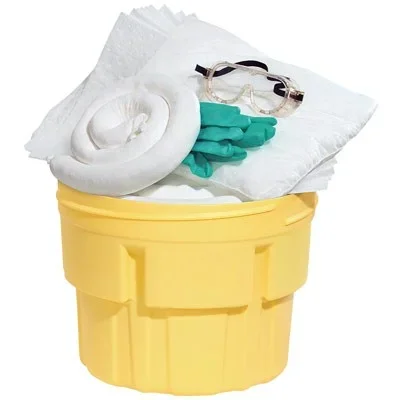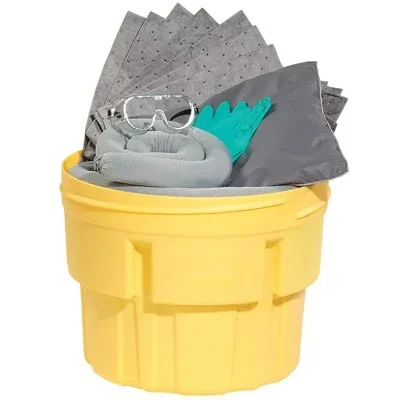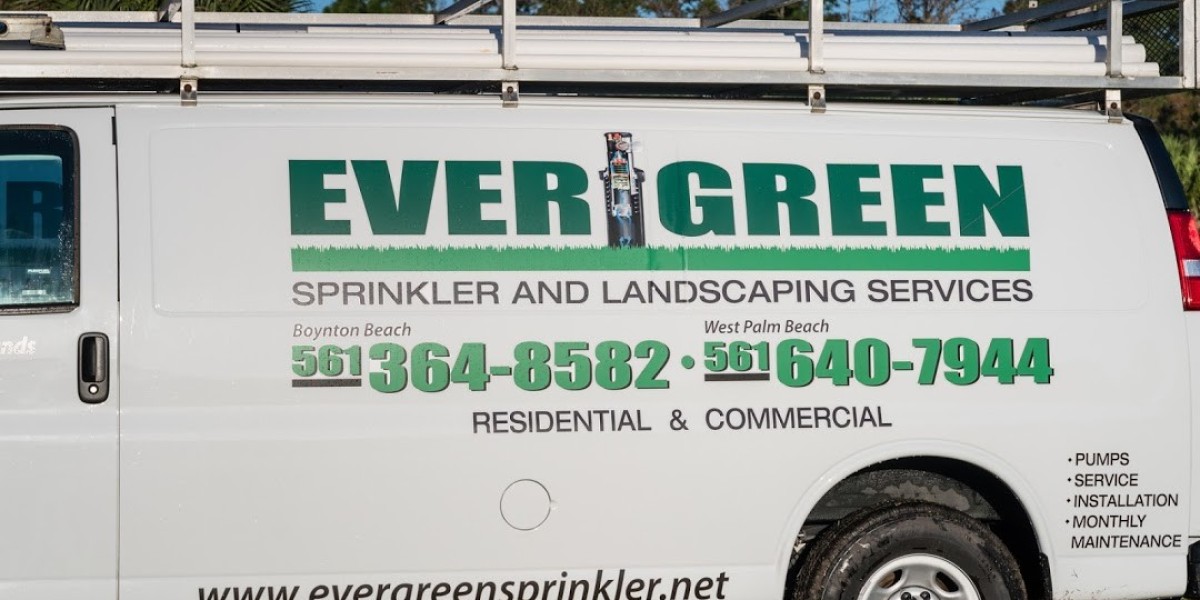In hazardous material management, the proper handling and containment of leaks or spills are of utmost importance. One effective solution is the use of a 30-gallon leak emergency overpack drum. This article will guide you through the essential steps and best practices for correctly utilizing this drum to ensure safety and compliance.
I. Understanding the Purpose and Features of a 30-Gallon Leak Emergency Overpack Drum
A. Definition and Function
A 30-gallon leak emergency overpack drum is a specially designed container used to safely contain and transport hazardous materials in the event of a leak or spill. It acts as a secondary containment system, providing an additional layer of protection to prevent the spread of hazardous substances.
B. Key Features and Specifications
- Capacity: The drum has a capacity of 30 gallons, allowing for the containment of a significant amount of hazardous material.
- Material: It is typically made of high-density polyethylene (HDPE) or steel, ensuring durability and resistance to chemical corrosion.
- Closure Mechanism: The drum is equipped with a secure closure mechanism, such as a screw-on lid or a lever-lock ring, to prevent any leakage during transportation or storage.
- UN Certification: A 30-gallon leak emergency overpack drum must meet specific United Nations (UN) certification standards, ensuring its compliance with international regulations for hazardous material transportation.

II. Preparing for the Use of a 30-Gallon Leak Emergency Overpack Drum
A. Assessing the Situation
Before using a 30-gallon leak emergency overpack drum, it is crucial to assess the nature and severity of the leak or spill. Evaluate the type of hazardous material involved, its quantity, and any potential risks associated with it.
B. Gathering the Necessary Equipment
Ensure you have all the necessary equipment readily available, including absorbent materials, spill containment booms, personal protective equipment (PPE), and appropriate tools for transferring the hazardous material.
C. Ensuring Personal Protective Equipment (PPE) is Available
Personal protective equipment is essential to protect yourself from potential exposure to hazardous substances. It may include gloves, goggles, respirators, coveralls, and boots.
III. Step-by-Step Guide to Properly Using a 30-Gallon Leak Emergency Overpack Drum
A. Step 1: Secure the Area
Establish a safe perimeter around the leak or spill to prevent unauthorized access and minimize the risk of contamination. Use caution signs or barriers to clearly mark the area.
B. Step 2: Evaluate the Leak or Spill
Assess the size and severity of the leak or spill. If it is a minor leak, attempt to stop or control it using appropriate methods and tools.
C. Step 3: Contain the Leak or Spill
Use absorbent materials, such as spill pads or pillows, to contain and absorb the hazardous material. Place these materials around the perimeter of the spill to prevent further spreading.
D. Step 4: Transfer the Hazardous Material
Carefully transfer the contained hazardous material into the 30-gallon leak emergency overpack drum. Follow the specific procedures and precautions outlined for the particular hazardous substance. Use appropriate tools, such as a pump or scoop, to minimize the risk of exposure.
E. Step 5: Seal the Drum
Ensure the drum is tightly sealed using the provided closure mechanism. This will prevent any leakage during transportation or storage. Double-check the seal to ensure its integrity.
F. Step 6: Label the Drum
Properly label the drum with the necessary information, including the contents, hazard class, UN identification number, and any other required markings. This ensures clear identification and compliance with regulatory standards.
G. Step 7: Properly Store or Transport the Drum
Store or transport the sealed drum in a designated area or vehicle that meets the appropriate safety requirements. Follow the regulations and guidelines for the specific hazardous material being contained.

IV. Best Practices for Using a 30-Gallon Leak Emergency Overpack Drum
A. Adhering to Regulatory Guidelines and Standards
Familiarize yourself with the relevant local, national, and international regulations governing the handling, containment, and transportation of hazardous materials. Ensure compliance with these guidelines to avoid penalties and protect the environment.
B. Training and Familiarization
Provide proper training to personnel involved in handling hazardous materials and using 30-gallon leak emergency overpack drums. Regularly update their knowledge and skills to ensure safe and effective operations.
C. Regular Inspection and Maintenance
Periodically inspect the 30-gallon leak emergency overpack drum for any signs of damage, such as cracks, dents, or corrosion. Replace any damaged drums immediately to maintain their integrity and effectiveness.
D. Disposal of the Drum and its Contents
Dispose of the drum and its contents in accordance with local regulations and guidelines. Follow proper procedures for the disposal or recycling of the drum and any residual hazardous material.
V. Common Mistakes to Avoid When Using a 30-Gallon Leak Emergency Overpack Drum
A. Improper Handling and Storage
Ensure proper handling and storage of the drum to prevent damage or accidental spills. Avoid dropping or mishandling the drum, and store it in a secure location away from potential hazards.
B. Inadequate Personal Protective Equipment (PPE)
Always wear the appropriate PPE when handling hazardous materials and using a 30-gallon leak emergency overpack drum.
C. Failure to Follow Regulatory Requirements
Stay up to date with the latest regulations and guidelines related to hazardous material management. Failure to comply with these requirements can result in legal consequences and environmental damage.

Conclusion
Properly using a 30-gallon leak emergency overpack drum is crucial in effectively addressing spills and leaks of hazardous materials. By following a step-by-step guide, understanding safety measures, and complying with regulations, workers can ensure the containment and transportation of hazardous substances in a safe and environmentally responsible manner.
Suzhou HealthRun Newmaterial Technology Co., Ltd. was established in 2015.The company is located in the beautiful Suzhou city Jiangsu province China. HealthRun is specialized in the safe storage of oil chemicals,emergency treatment of oil chemicals leakage, leak-proof storage of hazardous chemicals and research and development, survival and sales of laboratory safety protection products. HealthRun can provide security for customers. We can provide efficient oil chemical spill prevention and spill emergency cleanup solutions. Our products are: oil absorbent cotton, chemical absorbent cotton, multipurpose absorbent cotton, chemical leak treatment kit, Emergency leakage treatment truck, chemical flushing liquid and chemical leakage adsorbent, Industrial safety cabinet, one-time molding PVC welding oil boom and rubber oil boom.
If you are looking for solutions for 30 gallon spill emergency outer packaging barrels, you are welcome to contact us to customize a solution that meets your needs.






